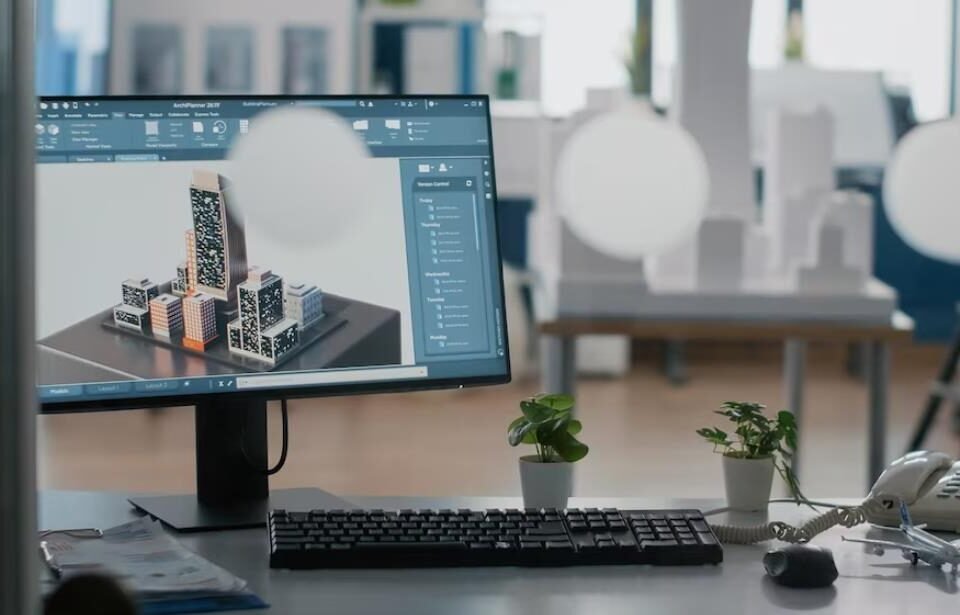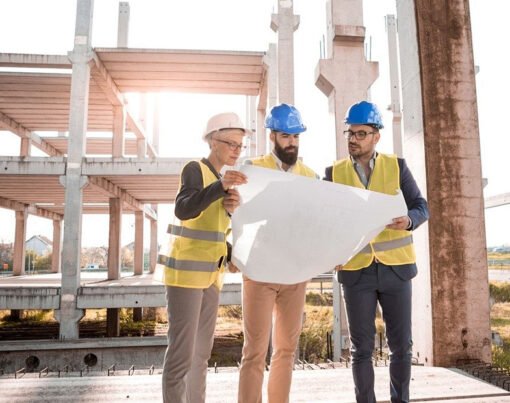Architecture, as an art and science, has always been deeply intertwined with technological innovation. Throughout history, advances in technology have consistently influenced and transformed architectural design, enabling architects to create structures that were once unimaginable.
From the use of stone tools to the modern digital age, technology has been a driving force in shaping the built environment. Explore the dynamic relationship between architecture and technology, highlighting the profound impact of innovation on architectural design.
Table of Contents
The Historical Evolution of Architectural Innovation
The history of architecture is marked by pivotal technological advancements that have revolutionized the way buildings are designed and constructed. In ancient civilizations, such as the Egyptians and Greeks, architectural innovation was centered around the development of advanced building materials like stone and marble, as well as the invention of complex structural systems like arches and columns. The Romans, for instance, mastered the use of concrete, allowing them to create vast and enduring structures such as the Colosseum.
During the Middle Ages, architectural innovation was driven by the development of Gothic architecture and the widespread use of pointed arches, ribbed vaults, and flying buttresses. These innovations not only added to the structural stability of cathedrals but also contributed to their grandeur and height.
The Industrial Revolution in the 18th and 19th centuries brought about significant changes to architectural design. The use of iron and steel allowed for the construction of taller and more flexible buildings, as exemplified by the Eiffel Tower. The introduction of elevators and plumbing systems further transformed building functionality and aesthetics.
The Role of Digital Tools in Contemporary Architecture
In the modern era, architecture is at the forefront of technological innovation. Digital tools, 3D rendering services and computer-aided design (CAD) software have become integral to the architectural process. These tools enable architects, including those specializing in commercial architecture, AXO, to create intricate 3D models, perform complex simulations, and collaborate with stakeholders more efficiently. Moreover, they facilitate the exploration of innovative and unconventional design ideas.
Digital tools have also given rise to parametric design, a process that uses algorithms to generate architectural forms. This approach has led to the creation of structures with intricate geometries that were once difficult to conceptualize and construct. Zaha Hadid’s architectural works, characterized by flowing, organic shapes, exemplify the impact of parametric design on contemporary architecture.
Sustainable Design and Technological Advancements
As the world grapples with environmental challenges, sustainability has become a central concern in architectural design. Technological advancements play a crucial role in developing sustainable building solutions. Solar panels, green roofs, and advanced insulation materials are just a few examples of how technology is harnessed to reduce a building’s environmental impact.
Sustainable design also incorporates concepts like passive solar heating and natural ventilation systems, which leverage technology to create more energy-efficient buildings. The use of renewable materials and innovative recycling methods further contribute to sustainable architectural practices.
Smart Buildings and IoT Integration in Architecture
The concept of smart buildings has gained momentum in recent years, fueled by the Internet of Things (IoT). IoT allows buildings to become intelligent, with various systems and devices interconnected to enhance efficiency, security, and occupant comfort. Sensors and automation systems can monitor and adjust lighting, temperature, and security, reducing energy consumption and enhancing the user experience.
The integration of IoT into architecture is not limited to operational aspects but extends to the design process itself. Architects can leverage IoT data to optimize building layouts, improve space utilization, and create user-centric designs that adapt to occupants’ needs.
VR and AR in Architectural Visualization
Virtual reality (VR) and augmented reality (AR) have revolutionized architectural visualization and industrial rendering. Architects and clients can now experience immersive walkthroughs of unbuilt structures, gaining a better understanding of spatial relationships and aesthetics. VR and AR technologies also facilitate real-time design feedback and client collaboration, enhancing the design process.
These technologies have practical applications in urban planning and heritage preservation as well. For example, AR can overlay historical information onto physical structures, allowing users to experience the past in a contemporary setting.
Building Information Modeling (BIM) and Collaborative Design
Building Information Modeling, or BIM, is a digital representation of a building’s physical and functional characteristics. BIM technology enables architects, engineers, and contractors to collaborate seamlessly throughout a project’s lifecycle. It fosters better communication, reduces errors, and streamlines construction processes.
BIM not only enhances coordination among stakeholders but also offers valuable insights into a building’s performance and maintenance requirements. As a result, it significantly impacts the longevity and functionality of architectural designs.
Materials Science and its Influence on Architectural Innovation
Advancements in materials science continue to push the boundaries of architectural design. From the development of ultra-lightweight and high-strength materials to self-healing concrete, architects now have access to a diverse palette of innovative building materials.
Materials like graphene and aerogels are redefining structural possibilities, enabling architects to design thinner, more efficient, and sustainable structures. The interplay between materials science and architecture opens up new opportunities for innovation, aesthetics, and sustainability.
Parametric Design and Computational Architecture
Parametric design, driven by computational power, has unlocked unprecedented design possibilities. Architects can input variables and constraints into algorithms, which then generate complex, data-driven forms. This approach results in structures that are not only aesthetically striking but also optimized for performance and efficiency.
Computational architecture encompasses not only form generation but also structural analysis, optimizing a building’s design for load-bearing and stability. It allows architects to design structures that are both beautiful and functional.
Conclusion
Architecture and technology share a deeply interconnected and mutually influential relationship. Throughout history, architectural innovation has been a response to technological advancements, and in turn, architecture has driven further technological developments. As we move into the future, the fusion of architecture and technology will continue to shape our built environment, creating innovative, sustainable, and intelligent structures that push the boundaries of design and functionality.










